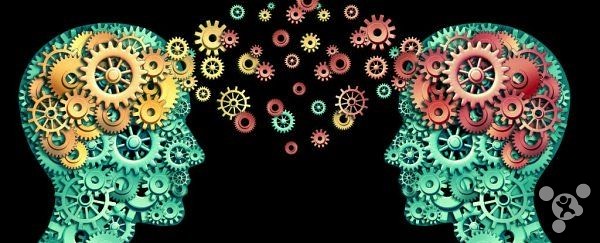The human brain is a wonderful place. It helps us to recognize faces and all kinds of objects, even if they have undergone many changes. To cite an example, we can identify "a" to "a", "a" is what color, size, what changes in size or shape.
For years, researchers have been trying to explore this wonderful site, hoping to clarify its specific way of working. Now, researchers have come up with an algorithm, this algorithm shows how the brain works, how smart and why our brains can process so much information at once. Disney case

From the Georgia Tech research team found that the human brain can only use 1% or less of the original information to sort data. Rosa Arriaga is one member of the research team, said: "we assume that the random map is one of the ways of human learning, research results show that our hypothesis was correct, for humans, 0.15% of all the data is sufficient. "
As part of the experiment, the volunteers in the study were asked to look at some original, abstract images, and then researchers showed them images of a few of them, and were identified by volunteers with the same image.
Researchers have put forward a principle of calculation algorithm based on random maps. Random mapping technology to process information in a certain way, although accuracy cannot be guaranteed, but the processing speed improved. Using this technology, artificial intelligence, like human volunteers to complete these tests.
This suggests that human brain networks with artificial neural networks is very similar in behavior. Team also points out that humans and machines to handle the same type of data. Santosh Vempala researchers said: "we were very surprised that they were so similar. Neural network design inspiration that we think that the study of human, but it is a very weak inspiration. "
So far, the study results achieved are not enough to prove that the brain naturally using random mapping as a means of processing information, but it's how our brains process information as a "reasonable interpretation". Based on random maps in computers that need to process large amounts of data, the study has played a very important role, but this research may contribute to the further development of this area.
Researchers said Santosh Vempala: "How do we quickly and effectively understand us around so many different types of large amounts of data?, at a basic level, how people process the information it? this is actually a problem. "
It is understood that the team's research results have been published in the journal of Neural Computation. Disney phone case
[Article correction]
Collection is the collection of 1542
Tags: anecdote

No comments:
Post a Comment